


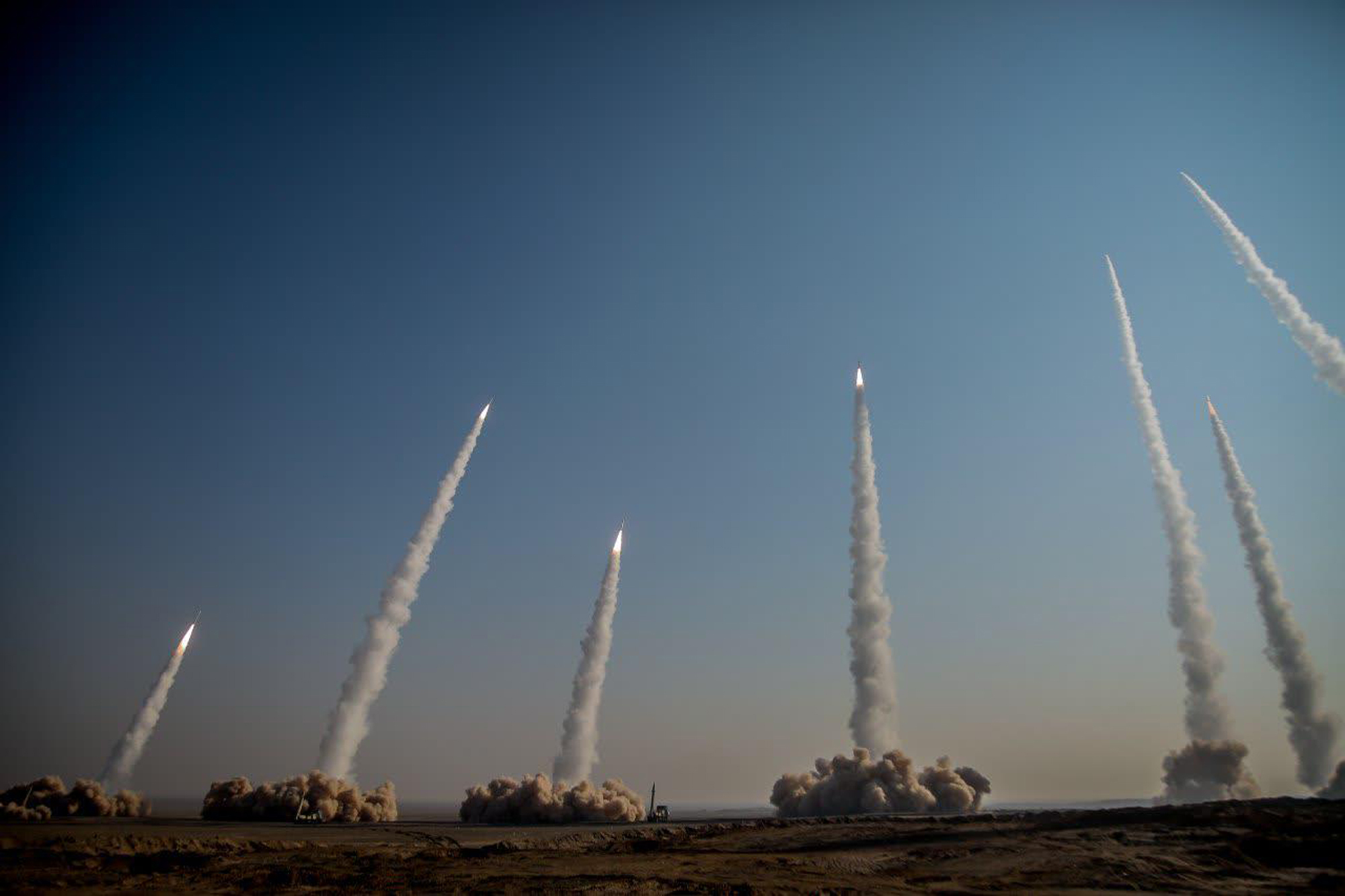
As Iran continues to launch missiles at Israel, a question looms large in the minds of defense analysts and civilians alike: If Iran’s nuclear program is able to advance, could those same missiles one day carry nuclear warheads?
To understand the threat and the technology behind it, The Times of Israel spoke with Tal Inbar, a veteran expert in aviation policy, space, and missile issues.
Inbar has spent decades tracking the development of missile systems in Iran, North Korea, and beyond.
According to Inbar, two basic features determine whether a missile can be equipped with a nuclear warhead: the weight the missile can carry (payload capacity) and the physical space inside the warhead compartment.
“Every missile with a warhead of roughly 500 kilograms (1,100 pounds) could theoretically be fitted with a nuclear warhead,” he explained.
This would include Iran’s Shahab-3 missile family — a series of medium-range ballistic missiles based on the North Korean Scud platform — and its more advanced variants such as the Ghadr and Emad, which have been used in the current conflict.
“It’s not a huge technical problem,” Inbar said. “They already have missiles capable of carrying the necessary weight.”
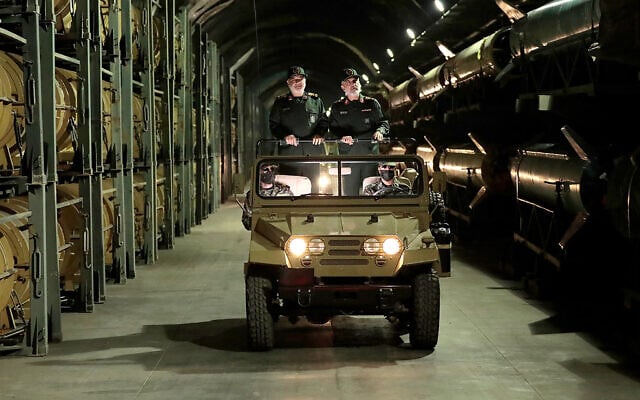
The missiles Iran has fired at Israel thus far have a range of around 1,800 kilometers (1,100 miles). But, Inbar notes, Iran’s capabilities go farther.
“They have the ability to reach over 2,000 kilometers (1,240 miles) — at least with one type of missile, which they haven’t used yet,” he said.
Iran is also developing systems with much longer ranges. Inbar pointed to the Ghaem-100, a space launch vehicle developed by Iran’s Islamic Revolutionary Guard Corps (IRGC), that is theoretically capable of carrying a nuclear payload to a range of up to 5,000 kilometers (3,100 miles).
Still, he said, the likelihood of Iran using such a long-range system is low: “They don’t need to. Who are they going to target [beyond Israel]?”
Iran has claimed to possess Multiple Independently Targetable Reentry Vehicles (MIRV), which allow a single missile to carry multiple warheads and strike several targets.
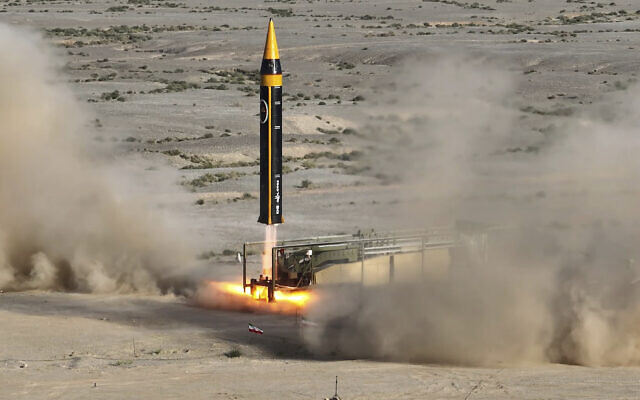
According to Inbar, Iran has tested a missile — the Khorramshahr — with this capability, but there’s no evidence it’s operational.
Iran’s missile program began decades ago. After the Iran-Iraq war in the 1980s, Iran purchased Scud missiles from North Korea and Libya, which became the foundation for its own designs.
Also in the 1980s, the IRGC sent a delegation to Syria to acquire the know-how for producing these missiles locally. The result was the Shahab-3 — essentially an upgraded and enlarged version of North Korea’s Scud.
Although Iran and North Korea once followed similar paths, Inbar said that today, their missile programs have diverged.
“Each country developed its own arsenal of missiles without any technical knowledge transferred between them… There is no correlation between the programs and no cooperation currently,” he said.
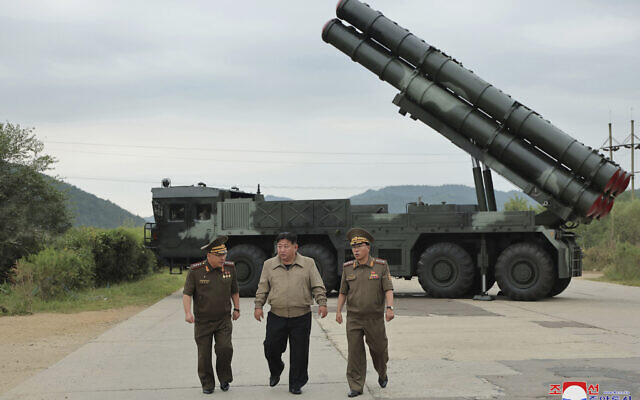
That said, the systems are technically compatible. “Though highly unlikely [to happen], an Iranian missile could carry a North Korean nuclear weapon with no significant changes,” Inbar noted — but emphasized that North Korea is unlikely to hand one over.
Despite Iran’s advanced missile capabilities, it has not yet developed a nuclear weapon. Still, Iran was once dangerously close. Inbar referenced the nuclear archives smuggled out of Iran and revealed by Israel in 2018, which showed that prior to 2003, Iran had built and tested nearly every component of a nuclear bomb.
“Twenty years ago, Iran knew how to build a bomb,” Inbar said. “They built all the components, except for the nuclear core itself — at least that’s what’s known.”

Today, Iran possesses large stockpiles of enriched uranium at 60% purity — well beyond what’s needed for civilian energy use, and enough to build at least 10 cores for atomic bombs if enriched further to 90%.
But enrichment alone isn’t enough. Turning that uranium gas into a functional warhead requires further weaponization — a process Inbar says was meant to happen at the Isfahan facility, which was reportedly struck by Israel just days ago.
Inbar is skeptical that Iran has secretly crossed the nuclear threshold.
“No one will mess with a nuclear power,” he noted bluntly. “If they had it, they would show it.”
Still, some infrastructure remains intact.
“A breakthrough is not very plausible in the next few days or weeks,” he said. “But it all depends on how many centrifuges they still have left in Natanz,” another major enrichment site. “And of course, Fordo wasn’t attacked yet — and we don’t know exactly what they have there.”
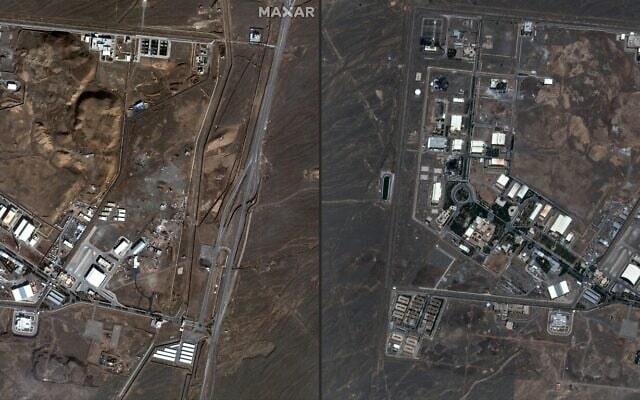
Inbar warned against assuming full transparency in Iran’s nuclear disclosures.
“The Persian Empire invented chess. The US invented baseball. It’s not the same rules,” he said. “The Iranian regime is a master of deception. We can’t know exactly what’s going on.”
He also criticized the international community’s limited oversight. “Many of Iran’s facilities haven’t been examined by the International Atomic Energy Agency. If you’re only invited to see part of the program and can’t access key military sites, you don’t know what’s happening.”
While Iran’s missile program advances and questions swirl over its nuclear ambitions, diplomatic efforts to curb Tehran’s nuclear development remain at a standstill.
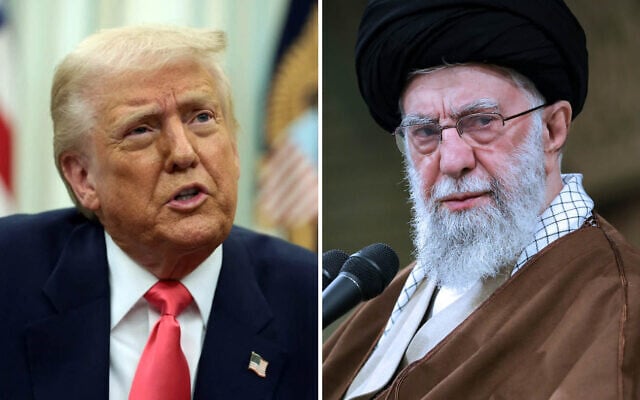
Beginning in April, talks between the United States and Iran, brokered by Oman, raised hopes for a renewed nuclear agreement. However, the talks appeared to stall in recent weeks. And following Israel’s strikes on Iranian nuclear sites and harsh rhetoric from both sides, negotiations have been halted.
Iran’s Supreme Leader Ayatollah Khamenei dismissed US demands as unacceptable, while US President Donald Trump has signaled readiness to increase pressure on Tehran, including the use of military options.
As Inbar highlighted, Iran’s nuclear infrastructure has suffered setbacks, but the path to weaponization remains uncertain, and so does the prospect for a diplomatic resolution.
